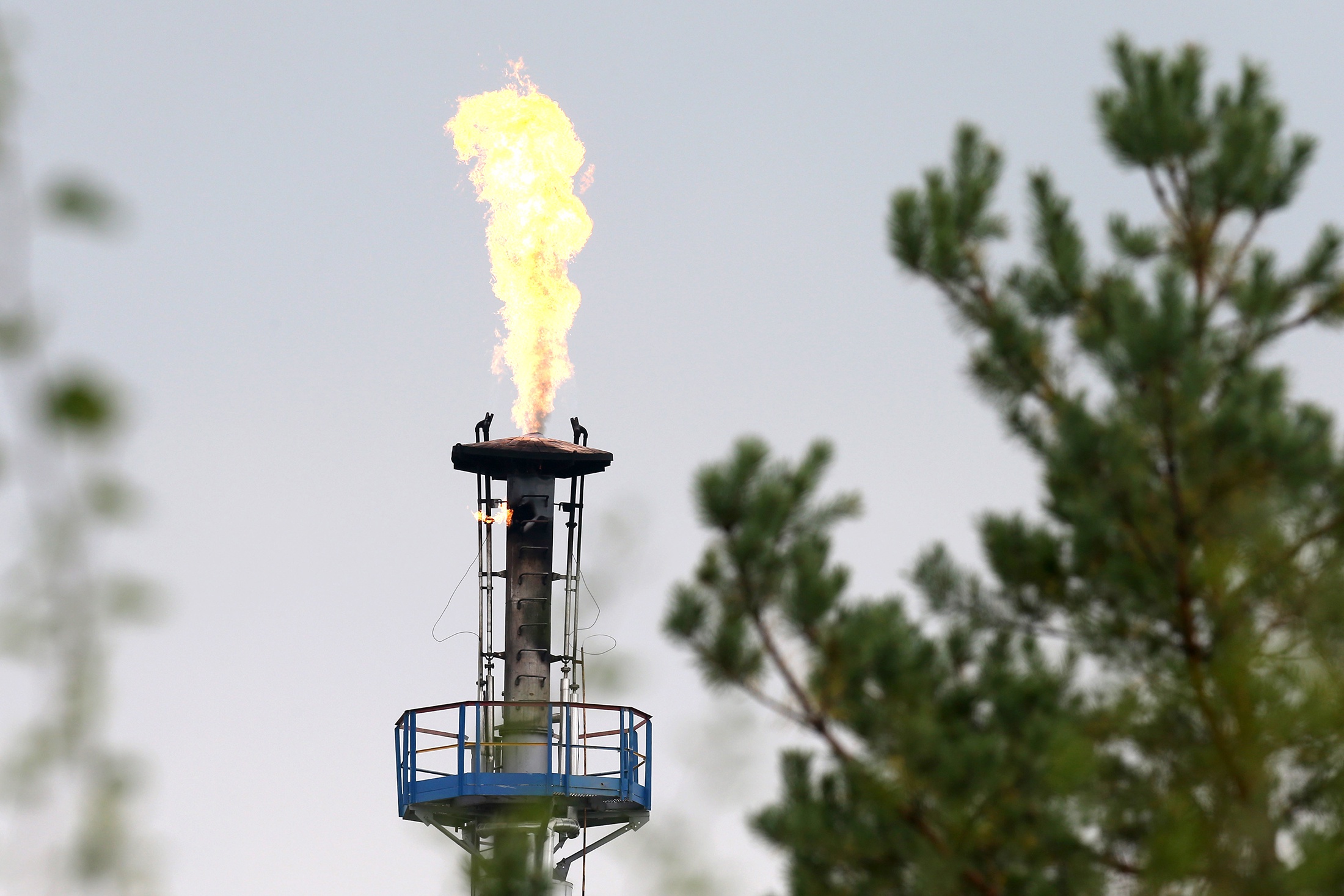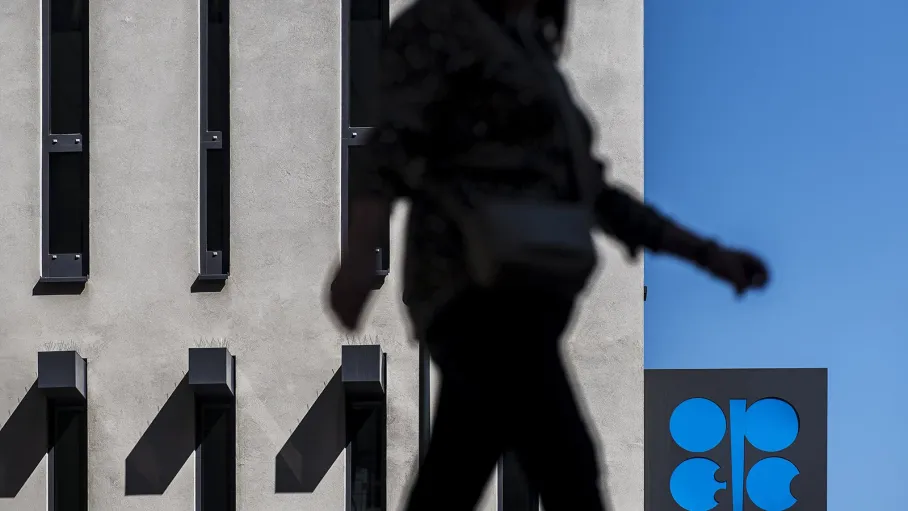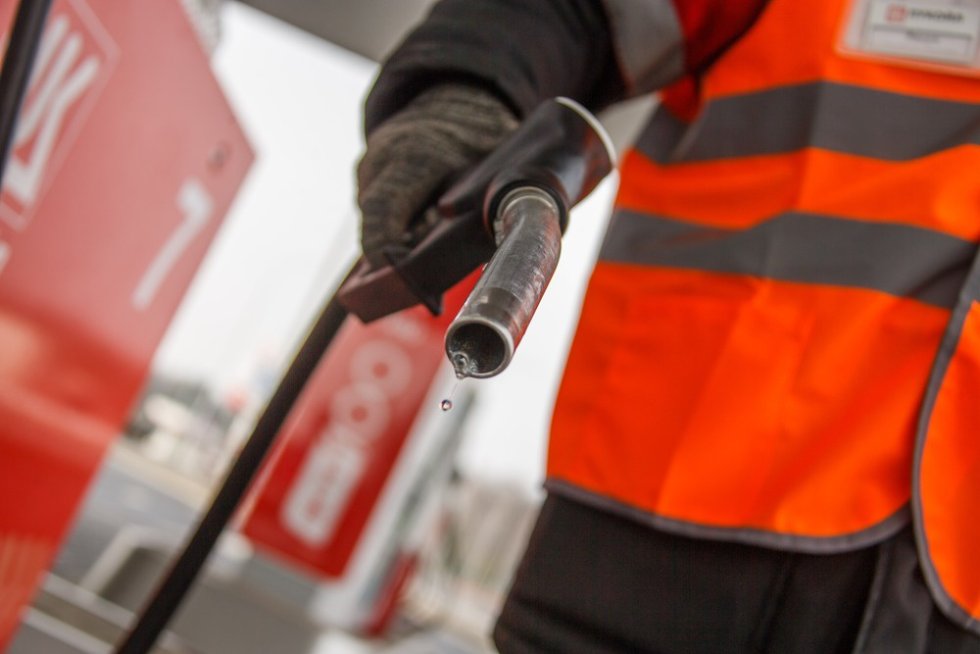On Sunday, August 3, eight OPEC+ countries (Saudi Arabia, Russia, Iraq, UAE, Kuwait, Kazakhstan, Algeria, and Oman) decided to increase oil production in September by 547,000 barrels per day (bpd), maintaining the same level as in August. In a statement, OPEC announced that the decision is based on "stable prospects for the global economy and current market fundamentals, as reflected in low oil inventories."
The Organization of the Petroleum Exporting Countries (OPEC), consisting of 12 member states, formed an alliance with ten other countries, including Russia, in 2016 to reduce oil production, known as OPEC+.
This recent increase marks the end of voluntary restrictions of 2.2 million bpd that were agreed upon by several countries in November 2023. In April 2025, the eight countries began a gradual rollback of these restrictions and started to boost production; their aim was to offset the 2.2 million bpd reduction by the end of September 2026. In April, the group produced 30.55 million bpd, an increase of 138,000 bpd over March; in May, June, and July, they boosted output by 411,000 bpd each month. Thus, production should rise by 2.466 million bpd by the end of September. This is more than the initially agreed 2.2 million bpd but still represents less than 7% of the daily production of the "octet" at 33 million bpd and less than 6% of OPEC+'s total daily output of 41.6 million bpd.
The price of October futures for European Brent crude fell by 2.3% on Monday compared to the previous Friday's close, settling at $68 per barrel, while U.S. WTI fell by 2.5% to $65.6 per barrel.
Opportunity to Rebound
The decision to increase output by the same amount as in August indicates that OPEC+ is consistently pursuing a policy of a quicker exit from additional voluntary limits, explained Alexey Gromov, Chief Energy Officer at the Energy and Finance Institute (IEF), to Forbes. "Overall, OPEC+ is thus solving two tasks," he noted. "The first is to restore their market share. Additionally, they are enabling countries that exceeded their production quotas to close the violations more quickly. This primarily applies to Kazakhstan, which currently faces significant challenges in meeting its agreed quota with OPEC+."
The reason for increasing production is the desire to regain lost market share while taking advantage of a relatively favorable market environment, as geopolitical factors support prices, according to Dmitry Skryabin, portfolio manager at the Alpha Capital Management Company.
It has long been promised that the production cuts were a temporary measure that could be reversed later, stated Stanislav Mitrahovich, an expert from the Financial University and the National Energy Security Fund. "If the opportunity to rebound is continuously postponed, it could destabilize OPEC+,” he cautioned. “Therefore, at some point, it was necessary to allow those countries that had long anticipated an increase in production to do so.”
The 2.2 million bpd restrictions were implemented during the tail end of the COVID-19 pandemic and aimed at "drying up" the market in anticipation of recovering demand, noted Sergei Tereshkin, CEO of the Open Oil Market trading platform. In practice, these 2.2 million bpd have already been made up, he explained. According to Tereshkin, the alliance's task is to restore production "not through drastic measures, but through gradual actions" to avoid crashing the market. "In this regard, the threat of new tariffs regarding India and China serves as a good informational basis for further increasing quotas," Tereshkin added.
Lackluster Market Reaction
The decision by OPEC+ to boost production had already been factored into prices, so there was no significant market reaction, according to Skryabin from Alpha Capital. Currently, he believes that short-term movements in oil prices are more closely linked to geopolitics, particularly with the approaching August 8 date when President Trump plans to announce new sanctions against Russia and countries buying Russian oil if a resolution to the conflict with Ukraine is not reached by that time.
By increasing production, OPEC+ is not taking on much risk, as this is happening during a still high seasonal global demand for oil, which allows prices to react relatively weakly, argues Gromov from IEF. Furthermore, prices are supported by geopolitical factors: the U.S. signals that additional complications with Russian oil supplies are possible after August 8.
The U.S. is attempting to tighten pressure on a major oil exporter—Iran, which is refusing concrete negotiations with the States, further exacerbating tensions in the oil market. U.S. actions push prices upward, while OPEC+ actions pull them downward. "The result is that directly opposing trends are neutralizing each other, preventing the formation of a stable trend," Gromov concludes.
Will OPEC+ Continue to Increase Production?
"I agree with the majority of international analysts that, at this stage, OPEC+ is likely to pause further easing of production quotas," said Gromov from IEF. "By the end of September, the accelerated recovery of production by the 'volunteers' among the eight OPEC+ members will conclude. I think that going forward, OPEC+ will take a break for some time, possibly until the end of the year, to assess how the situation develops."
This view is not entirely shared by Skryabin from Alpha Capital. The decision by the eight OPEC+ countries nominally addresses plans for recovery in production by 2.2 million bpd, but actual output will continue to rise due to reduced compensations, he explained. "We're not talking about cuts but about further increasing production with the aim of reclaiming market share, which before the cuts in late 2020 was about 50% and has now dropped below 45%,” Skryabin clarified.
Production has also been increased by countries outside OPEC+, particularly the U.S. and Brazil. In 2024, U.S. crude oil production increased by 270,000 bpd (+2%) on an annual basis to an average of 13.2 million bpd. Brazil elevated its output by 14% over five years to 3.358 million bpd.
How Will Buyers of Russian Oil React?
According to calculations by the Center for Research on Energy and Clean Air (CREA) based in Finland, from December 2022 to the end of December 2024, China accounted for 47% of Russian oil exports, India for 37%, and Turkey for 6%. The export volumes from Russia to China, including pipeline and maritime shipments, amounted to 2.17 million barrels per day. India imported approximately 1.75 million bpd in the first half of 2025. Turkey, in 2024, imported around 225,000 bpd of Russian oil. According to OPEC, oil production in Russia is expected to reach 9.949 million bpd in September, compared to 9.344 million bpd in August.
Both India and China have already stated that they will continue buying Russian oil, according to Dmitry Skryabin from Alpha Capital. Alexey Gromov from IEF believes that each of the countries currently serving as the largest buyers of Russian oil—China, India, and Turkey—will react differently to the situation.
"I assume that China will be the least susceptible to U.S. sanctions pressure," Gromov noted. "The experience of China procuring Iranian oil despite intense U.S. pressure serves as proof. I think a similar situation could occur with Russia. China is not interested in reducing its purchases of Russian oil and does not intend to show any signs of weakness. It will try to maximize the transfer of Russian oil supplies to the most reliable transport routes, primarily through pipelines." This explains China's desire to increase the transit of Russian oil via Kazakhstan. Currently, Russia transports 10 million tons of oil annually through Kazakhstan, with plans to increase this to 2.5 million tons starting in 2026. "This does not mean an increase in Russia's oil supplies to China; it simply means that part of the oil supplies will be replaced by pipeline transportation," Gromov added.
The situation with India is more complex, according to Gromov. In his opinion, India cannot fully abandon Russian oil, but wherever possible, Russian imports will be replaced by supplies from other countries, primarily from the Middle East and West Africa. He reminds that in the last three years, India has enjoyed a double benefit by purchasing Russian oil at a discount and then reselling the resultant oil products to Europe. The expert also noted that until 2018, India was among the largest buyers of Iranian oil, but then completely halted purchases under U.S. sanctions. "Most likely, the oil interaction between Russia and India will revolve around negotiating additional discounts on Russian oil," Gromov predicts. "Essentially, it will be a geopolitical game: India will officially deny any compliance with U.S. pressure, but companies will seek out replacement options for Russian oil, and where this is not possible, demand additional discounts from Russian companies."
Saudi Arabia and some other Gulf countries do indeed have spare capacity sufficient to substitute Russian supplies to India—1.5 to 2 million bpd, says Stanislav Mitrahovich from the Financial University. "However, it is not possible to ramp up production instantly, and moreover, reserve capacities are needed for maintenance purposes," he explained.
The Russian side has been actively engaging in negotiations with India and China: "From what I understand, it is in this context that Russia has proposed to revive the trilateral interaction format of 'Russia - India - China', which had been set aside in favor of other formats—BRICS and SCO," Gromov remarked. He believes that the central topic of negotiations could revolve around preserving the oil partnership of these three nations amid U.S. sanctions pressure.
Gromov believes that Turkey is also vulnerable to U.S. sanctions pressure. Since some Turkish ports have refused to accept tankers from the shadow fleet following sanctions against them, the expert posits that similar reactions from Turkey are likely if Trump imposes sanctions on the country on August 8.
Thus, if U.S. sanctions on buyers of Russian oil are implemented after August 8, this will lead to a certain decrease in Russian oil exports to the global market. "There will be no complete abandonment of Russian oil, but a significant reduction in its exports is possible," Gromov concludes.
Source: Forbes



